Steering Safety: Your Guide to the Vital Career of a Pilot Driver
How to Become a Pilot Car Driver: A Comprehensive Guide Embarking on a career as a pilot car driver offers a unique blend of responsibility and adventure. Imagine navigating the open road, ensuring the safe passage of oversized loads, and experiencing new places every day. At Optimum Staffing Solutions, we connect you with top opportunities that align with your skills and passion for adventure. Whether you’re just starting out or seeking to advance your career, we provide the support and resources you need to thrive. Join us as we delve into what it takes to become a pilot car driver and how our staffing services can help you navigate this dynamic and rewarding career path. What Does a Pilot Car Driver Do? A pilot car driver, also known as an escort vehicle driver, plays a crucial role in the transportation industry. They lead or follow oversized trucks, ensuring the safe and efficient transport of large loads. Responsibilities include: Surveying Routes: Assessing the best routes to avoid low bridges, tight corners, and other obstacles. Communicating with Truck Driver: Maintaining constant communication with the truck driver to coordinate movements and manage any unforeseen challenges. Warning Other Drivers: Using signs, lights, and flags to alert other drivers of the oversized load. Safety Checks: Conducting pre-trip inspections to ensure all equipment is functioning correctly. Steps to Become a Pilot Car Driver 1. Obtain a High School Diploma or GED Starting with a solid educational foundation is essential. Most employers require a high school diploma or GED. Courses in geography and driver’s education can be particularly beneficial. 2. Get a Valid Driver’s License A clean driving record is crucial. You must hold a valid driver’s license issued by your state and meet any additional state specific requirements. 3. Complete a Certification Program Many states require pilot car drivers to complete a certification program. These programs cover safety regulations, state laws, and practical driving techniques. Organizations such as the National Pilot Car Association (NPCA) offer recognized certifications. Here are some states with specific licensing requirements: States Requiring Specific Licenses for Pilot Car Drivers These requirements ensure that pilot drivers are adequately trained and certified, promoting safety and efficiency in the transportation of oversized loads across these states. 4. Invest in Necessary Equipment This career path requires more than just driving skills; it demands a specific set of tools and equipment to ensure safety and compliance on the road. Here’s a comprehensive list of what you will need: Vehicle Requirements Safety Equipment Communication Tools Documentation and Compliance Navigation and Monitoring Personal Gear Miscellaneous Tools Equipping yourself with these tools and equipment ensures you are prepared for the demands of a pilot car driver, promoting safety, efficiency, and compliance on every journey. 5. Gain Experience Entry-level positions may be available, but gaining experience will open up more opportunities. Working with experienced drivers or companies that offer on-the-job training can be invaluable. Skills Required for a Successful Career Becoming proficient in this field requires a blend of technical, navigational, and interpersonal skills. Here’s a detailed look at some of the key skills necessary for success in this role: Driving Skills Communication Skills Navigational Skills Safety Skills Technical Skills Organizational Skills Physical Skills Interpersonal Skills By honing these skills, pilot drivers can enhance their performance, ensure the safety and efficiency of oversized load transports, and build a successful career in this demanding yet rewarding field. Career Advancement Opportunities for Pilot Car Drivers This fulfilling career can even serve as a gateway to numerous advancement opportunities within the transportation and logistics industry. Here’s a comprehensive overview of potential career paths and growth prospects: Specialized Pilot Car Services Oversized Load Coordinator Safety and Compliance Officer Operations Management Entrepreneurial Ventures Advanced Transportation Roles Education and Advocacy Networking and Professional Development By exploring these career advancement opportunities, pilot car drivers can leverage their experience and skills to progress within the transportation and logistics industry, achieving personal growth and professional success. Optimum Staffing Solutions is here to support you at every step, connecting you with the right opportunities to help you reach your career goals. 🔗 Start Your Pilot Car Driver Career with Optimum Staffing Solutions Are you excited to embark on an adventurous and rewarding career as a pilot car driver? Optimum Staffing Solutions is here to support you every step of the way. Whether you’re just starting or looking to advance, we specialize in matching skilled drivers with top companies, providing tailored opportunities to fit your expertise. Connect with us today and discover how our staffing services can help you achieve your career goals in the pilot car driving industry. Let’s build a brighter future together! 🚛 Opportunities for Aspiring CDL Drivers and Industry Pros Ready to shift your career into high gear? Optimum Staffing Solutions offers a world of opportunities designed to match your ambitions. Whether you’re a veteran CDL driver looking for new roads to conquer, an aspiring recruiter, or an industrial professional eager to innovate in manufacturing, we are here to guide your journey. Picture yourself thriving in roles that range from machine operation and production to leadership and administration. Imagine being part of a team where logistics and warehouse experts, including dispatchers, inventory specialists, and operations managers, work seamlessly to create unparalleled efficiency. Your next career move isn’t just a job; it’s a pathway to success. Join us and let’s drive towards a brighter future together! 🔎 For Businesses Seeking Top-Notch Talent: Finding the right talent can be as complex as navigating the busiest intersections, but Optimum Staffing Solutions simplifies the journey. We are your trusted partner in connecting your business with professionals who excel in their fields and are passionate about driving your success. Whether you need skilled CDL drivers to navigate critical routes, machine operators to maintain production flow, payroll administrators to manage financial efficiency, or healthcare professionals to deliver exceptional patient care, we have you covered. Our curated talent pool includes IT specialists to fortify your tech infrastructure, retail managers to transform customer experiences, and…




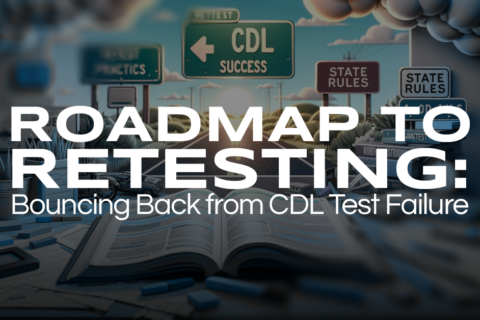
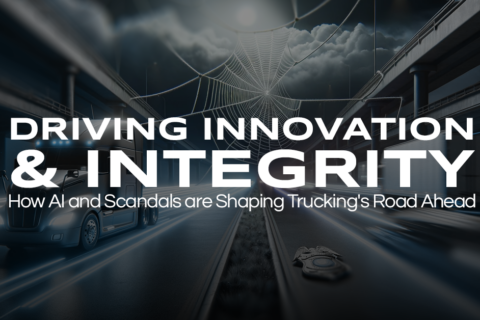
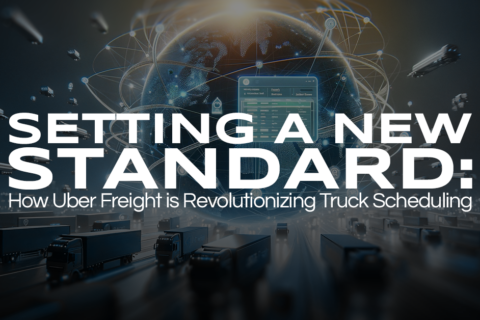
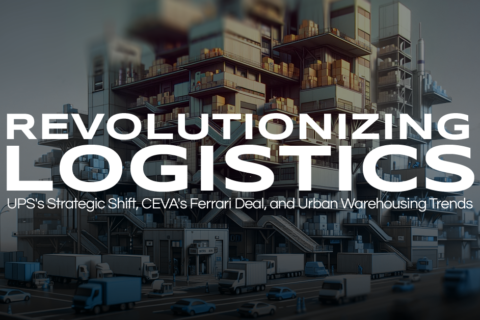

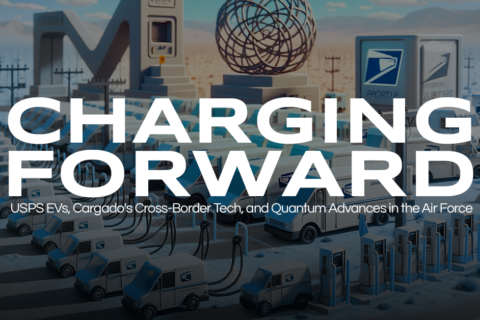

Recent Comments